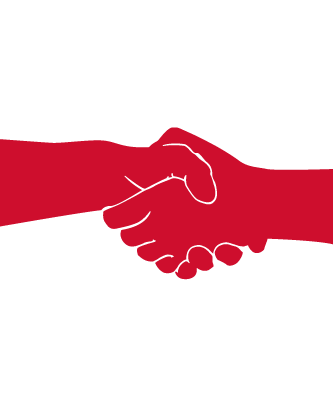Strategies: Cold Email Marketing, Email Deliverability, Inbox Placement, B2B Data Enrichment, B2B Newsletters
Platforms: SendGrid, Mailshake, Apollo.io, Mailreach, Cloudflare, Google Workspace, Microsoft 365, Mailchimp, Google Tag Manager, GA4, JustUno
Strategies: B2B LinkedIn Ad Campaigns, Connection Request Campaigns, Organic Posting, Video Marketing, GIF Creation, Custom Landing Pages
Platforms: LinkedIn Advertising, LinkedIn Sales Navigator, LinkedIn Newsletters, Salesflow.io, Zapier, WordPress
Strategies: Webinars, Livestreams, Conferences, Conventions, Hosting & Panelist Marketing, Happy Hours
Platforms: LinkedIn Events, LinkedIn Ads, Apollo.io, Mailchimp, Eventbrite, Zoom, Go2Webinar, Restream
Strategies: Referral & Partnership Programs, B2B Influence Building, Alternative Branding, Snail Mail, Ethical Bribery & Poaching
Platforms: Google Advertising, EZGif, Filmora, YouTube, Audible, Amazon, SparkToro


